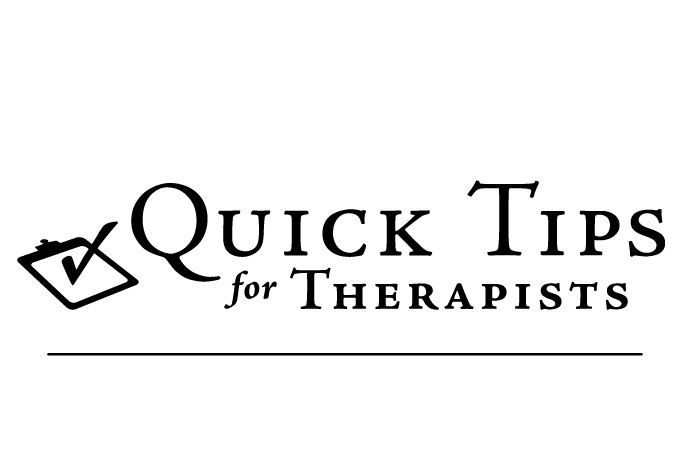By Michael A. Tompkins, PhD
Ambivalence—and a great deal of it—is a typical feature of hoarding disorder. Even clients who seek treatment for this debilitating condition bring considerable ambivalence to the goals and tasks of the treatment. Before you can work with a client’s ambivalence, you must first know what it looks like. Here are typical signs of ambivalence you may encounter when working with people who hoard.
Arguing about what to keep or discard. One of the most difficult tasks of the treatment is assisting clients in discarding possessions. When the client is arguing with you about what to keep and what to discard, the client has lost perspective of the problem. Arguing is a hallmark of ambivalence. If you are arguing with the client, you are no longer working with him. Treatment focuses on assisting the client to make decisions on his own about what to keep and discard, not trying to convince the client that his views are unreasonable.
Blaming self to escape. Some clients will resort to anything to avoid working on the hoarding problem—including blaming or criticizing themselves for the problem or even the unreasonableness of their beliefs. As therapists, we often move in too quickly to soothe the self-critical client. When we do, the client escapes, for a few minutes, working on the problem and sitting with the emotional experiences he has organized his life around avoiding.
Diverting discussion to other topics. Some clients who hoard are desperate for social contact. When working with the client in your office or in his home, we will divert the discussions to other topics. Often, she reminisces about an object she finds, or she may wish to share photos of her grandchildren. Although some discussion of this sort is appropriate, too much takes you and the client off-task, away from working on the problem.
Michael A. Tompkins, PhD, is founding partner of the San Francisco Bay Area Center for Cognitive Therapy, Diplomate of the Academy of Cognitive Therapy, and assistant clinical professor at the University of California, Berkeley. He is the author of several books, including OCD: A Guide for the Newly Diagnosed (New Harbinger, 2012), Digging Out: Helping Your Loved One Manage Clutter, Hoarding, and Compulsive Acquiring (with Tamara L. Hartl) (New Harbinger, 2009), and Anxiety and Avoidance: A Universal Treatment for Anxiety, Panic, and Fear (New Harbinger, 2013).
Want the newest Quick Tips for Therapists delivered directly to your email inbox? Sign up today!



 2024 Peace Playbook: 3 Tactics to Avoid Clashes with Your Partner
2024 Peace Playbook: 3 Tactics to Avoid Clashes with Your Partner